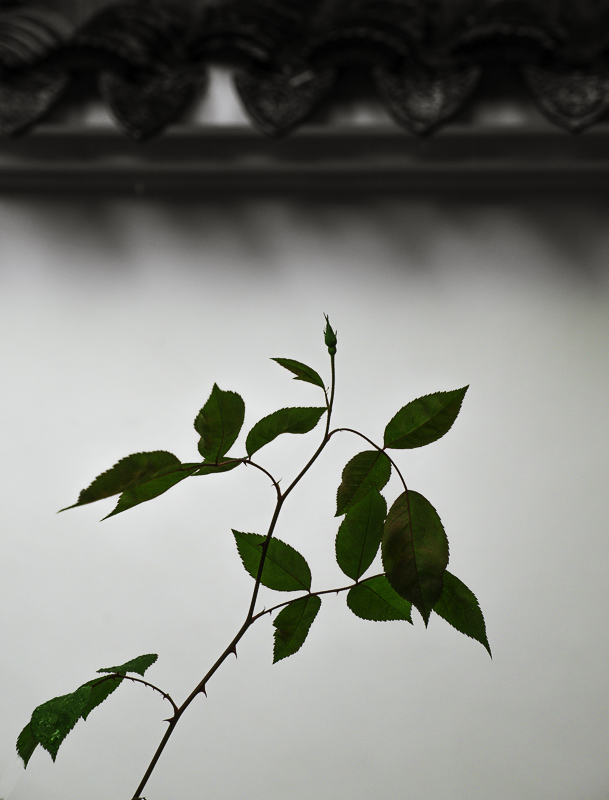Every Picture Is a Compromise
Lessons from the Also-rans
Most photography websites show the photographer's very best work. Wonderful. But that's not the full story of a creative life. If we want to learn, we'd better pay attention to the images that aren't "greatest hits" and see what lessons they have to offer. Every picture is a compromise — the sum of its parts, optical, technical, visual, emotional, and even cosmic – well, maybe not cosmic, but sometimes spiritual. Success on all fronts is rare. It's ok to learn from those that are not our best.
This is a series about my also-rans, some of which I've been able to improve at bit (i.e., "best effort"), none of which I would consider my best. With each there are lessons worth sharing, so I will.
Original digital captureWith Age Comes WisdomIf we are lucky, we learn from not just our mistakes, but also from our early attempts. This week I'm comparing early images from a trip to the Sun Yat Sen Chinese garden in Vancouver, BC in 2003 to images shot 14 years later in the Lan Su Chinese garden in Portland, OR. In 2003, a 6 megapixel Fujifilm s602 camera; in 2017, a 16 megapixel Panasonic G85. Planting seeds always preceeds harvesting fruit. What I learned:I remember thinking at the time (2003) that the white walls of the garden could be used to isolate those bamboo. Good idea, but awful implementation. At left is a much improved version of the same minimalist idea. By adding just a hint of the roof behind in shallow depth of field, I could suggest the Chinese garden theme, too. |


